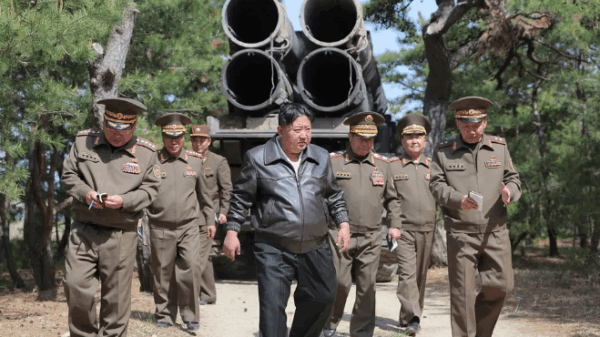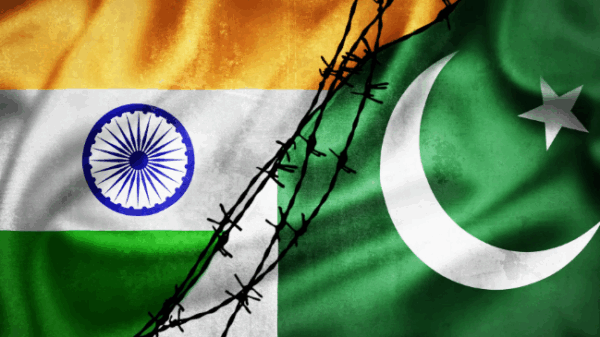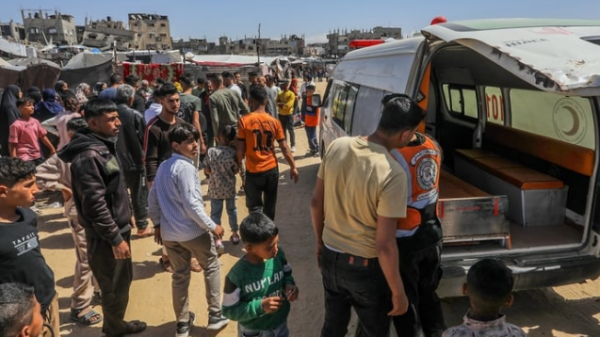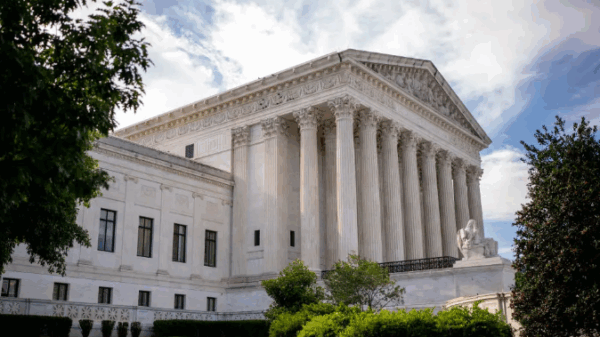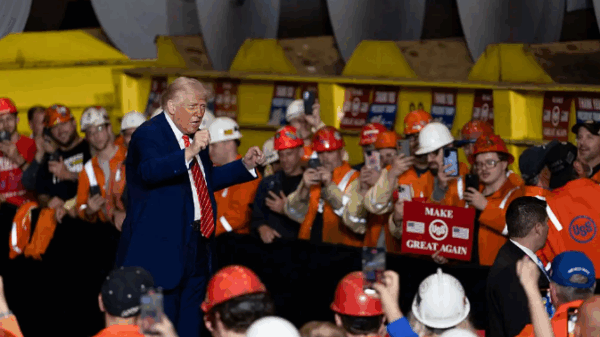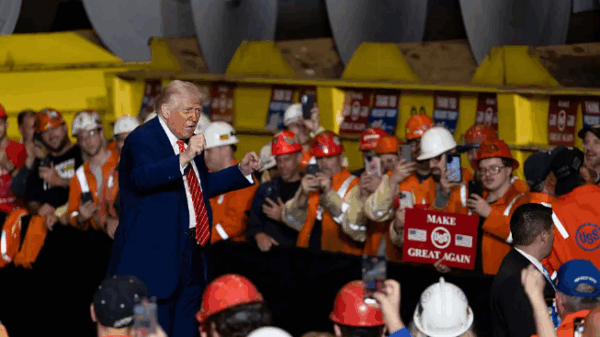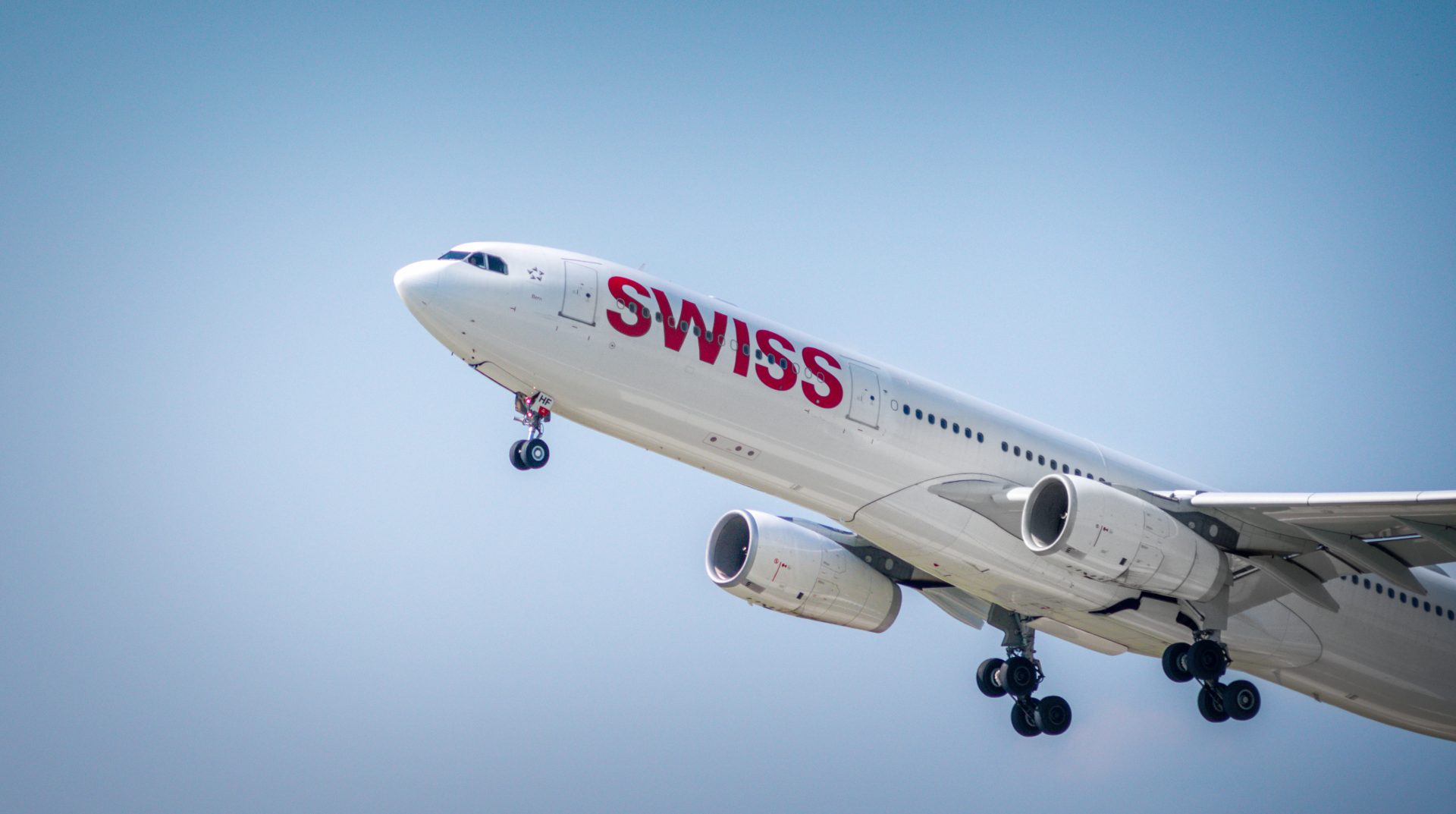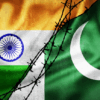A Boeing 777-300ER operated by Swiss International Air Lines made an emergency landing in Kazakhstan on Saturday while en route from Tokyo to Zurich, following a medical emergency onboard. The situation escalated after landing when the aircraft’s nose wheel became stuck in the grass, requiring the plane to be towed back onto the runway.
The airline confirmed that the emergency landing was prompted by a medical incident involving one of the 319 passengers onboard. After the aircraft safely landed at an airport in Kazakhstan, complications arose as the nose wheel veered off the runway and became lodged in the grass, rendering the aircraft immobile. Ground crews were called in to tow the aircraft back onto the runway for further inspection.
Swiss International Air Lines stated that no injuries were reported among the passengers or crew due to the incident. The airline also noted that the Boeing 777-300ER will undergo a thorough examination to assess any potential damage, and the incident will be subject to an investigation to determine the cause of the aircraft’s deviation from the runway.
Boeing has not yet commented on the incident, as the request for information was made outside of regular business hours.
The aircraft, one of Boeing’s long-haul jets, is known for its reliability and safety record. However, any deviation from standard operations, such as the nose wheel getting stuck, necessitates a detailed investigation to ensure that similar incidents are prevented in the future.
The passengers onboard were accommodated while the airline coordinated the necessary arrangements to continue their journey to Zurich. Swiss International Air Lines has not provided further details on the status of the medical incident that triggered the emergency landing.
This incident adds to the list of challenges faced by airlines operating long-haul flights, where unforeseen medical emergencies or technical issues can necessitate unscheduled landings and prompt extensive safety checks. The airline assured that all safety protocols were followed, and they are cooperating fully with local authorities in Kazakhstan to investigate the incident.


